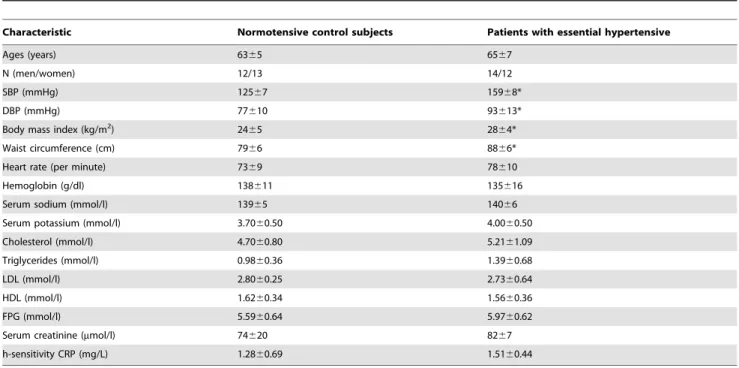Increased migration of monocytes in essential hypertension is associated with increased transient receptor potential channel canonical type 3 channels.
Texto
Imagem
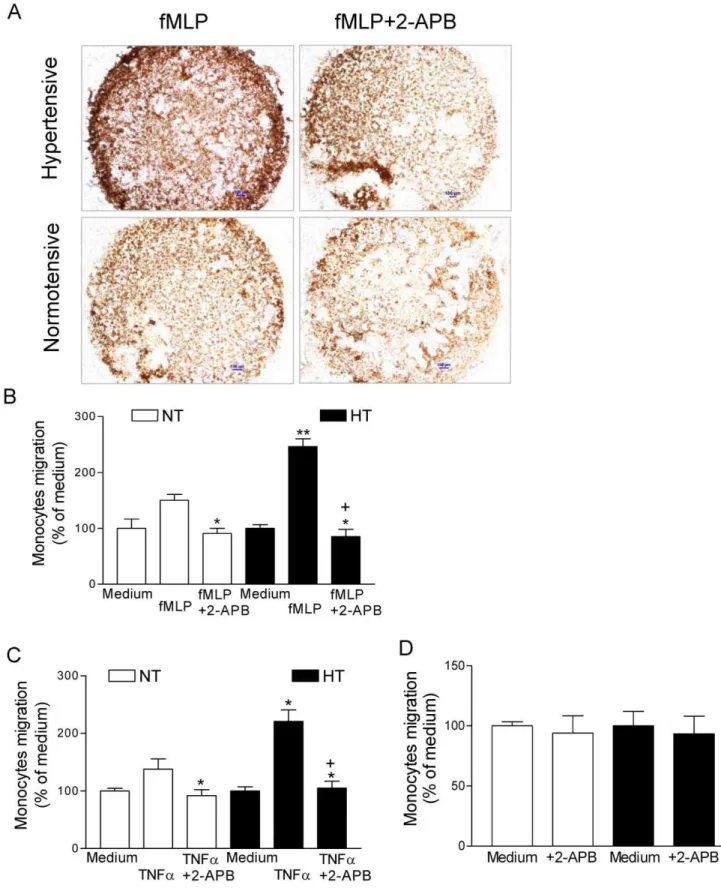
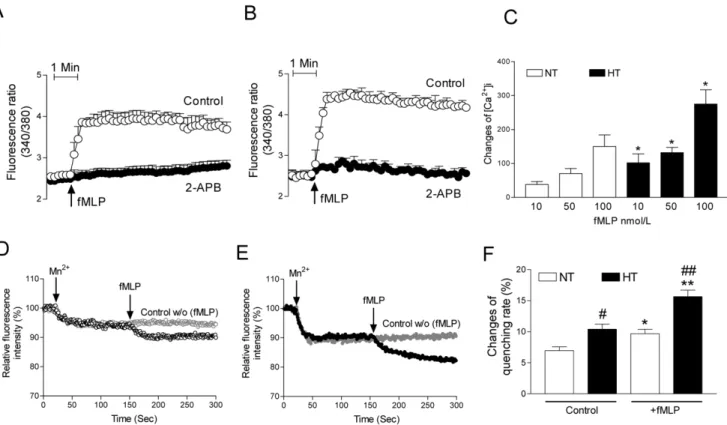
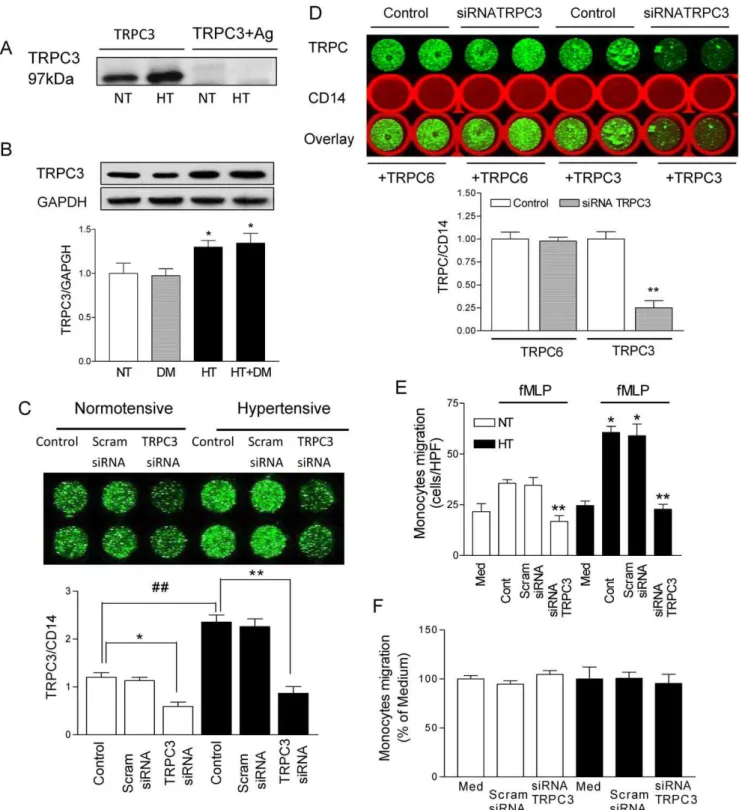
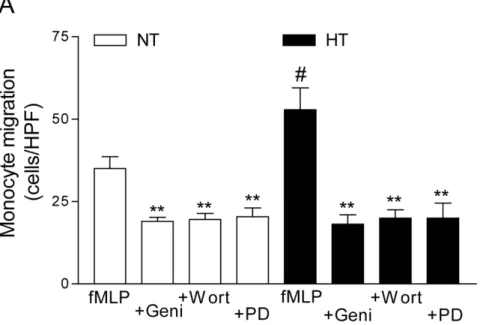
Documentos relacionados
In summary, we demonstrated the presence and expansion of CD14 + /HLA-DR low/− monocytes, in the bone marrow and peripheral blood, of patients with the diagnosis of B-cell
Since the R-form LPS can interact with TLR4 independent of CD14 and the differential expression of CD14 on neutrophils and monocytes, we used the S-form LPS from Salmonella
Higher cholesterol content has also been observed in the livers of DEF mice, and it is associated with an increased expression of enzymes involved in cholesterol synthesis and
In this work, we assessed the expression of surface molecules CD80 and CD86 on CD14 + HLA-DR + monocytes from patients with Chagas disease.. Methods: The study population
Human obesity is associated with increased myostatin expression and plasma myostatin levels.. The secretion of myostatin from myotubes derived from muscle biopsies is increased
We previously observed that a protective humoral response to the influenza vaccine is associated with increased levels of IL-21 and increased expression of IL-21R in B cells
In addition, the expression level of TRPC channels may depend on the differentiation status of the cancer cells, because we found the mRNA expression of TRPC1, TRPC3, TRPC4 and TRPC6
Consistent with the data observed in PBMCs, IHC data showed trends of reduced expression of HDAC4 (Figure 4A) and increased expression of TSP1 (Figure 4B) in obese compared to
